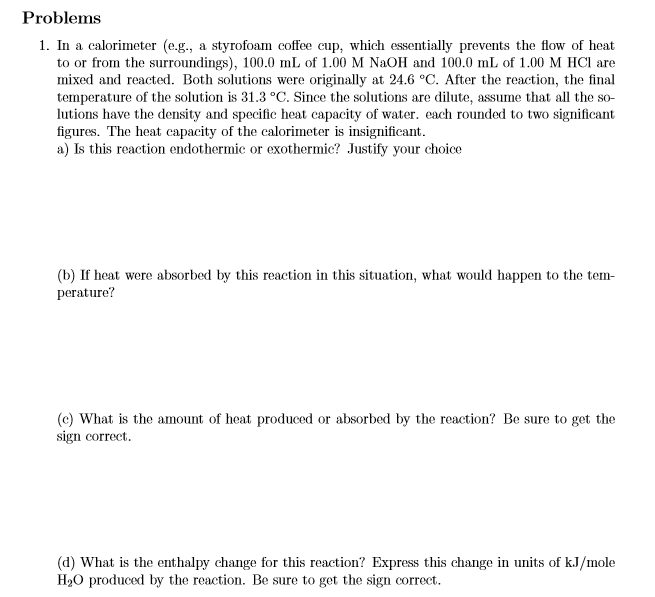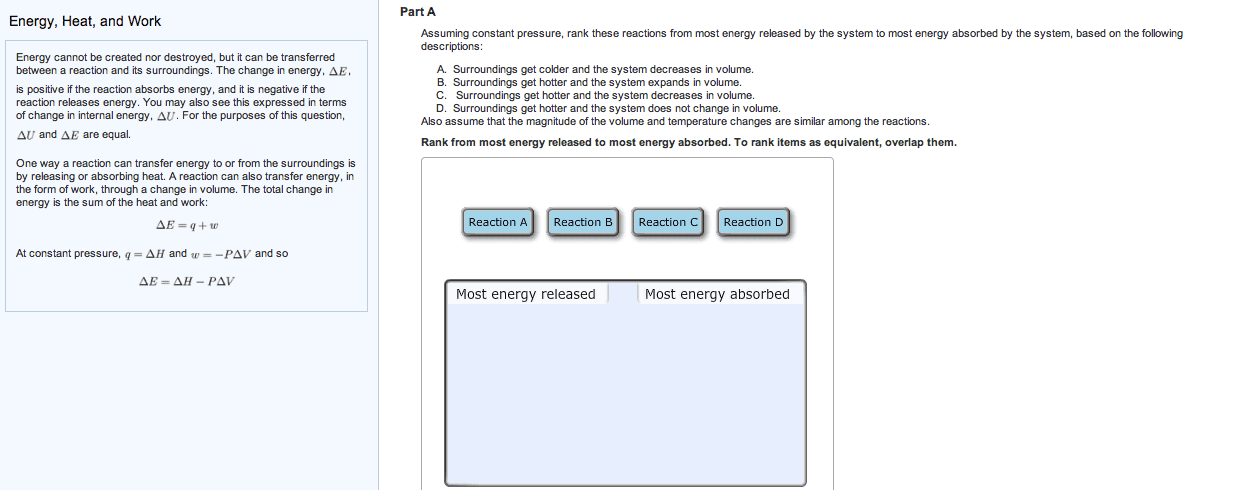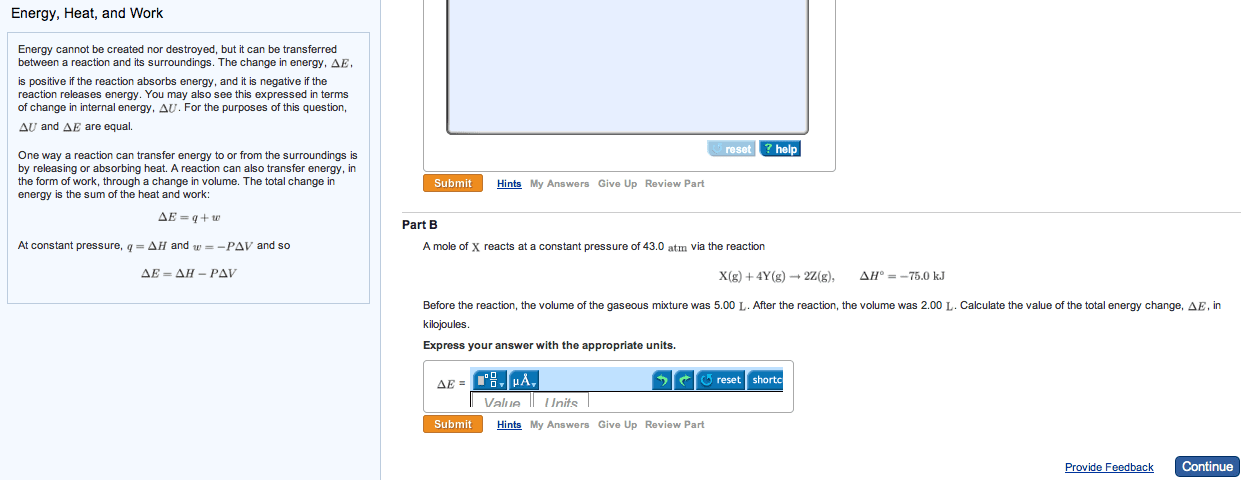CHM 1311 Lecture Notes - Lecture 5: Ammonium Chloride, Ammonium Nitrate, Endothermic Process
298 views10 pages
3 Dec 2016
School
Department
Course
Professor
Document Summary
Thermochemistry is the study of the quantities of heat evolved or absorbed during a chemical reaction. The knowledge of thermochemistry can be applied to many products in the consumer world. Generally, reactions can be categorized into two groups: endothermic and exothermic. An endothermic reaction is one that absorbs heat from the environment and an exothermic reaction is the opposite, releasing heat into the environment. In order to quantitatively determine whether a reaction is endothermic or exothermic, the sign of the value of the enthalpy of formation of the reaction must be used. If the value of the enthalpy of formation has a positive value, the reaction is endothermic, absorbing heat from the surroundings. If the sign is negative however, the reaction is exothermic, releasing energy. The aim of this experiment was to use thermochemistry and knowledge of reaction types to create a product that would cool 100cm3 of water by at least 5 c within 5 minutes.
Get access
Grade+20% off
$8 USD/m$10 USD/m
Billed $96 USD annually

Homework Help
Study Guides
Textbook Solutions
Class Notes
Textbook Notes
Booster Class
40 Verified Answers
Class+
$8 USD/m
Billed $96 USD annually

Homework Help
Study Guides
Textbook Solutions
Class Notes
Textbook Notes
Booster Class
30 Verified Answers


